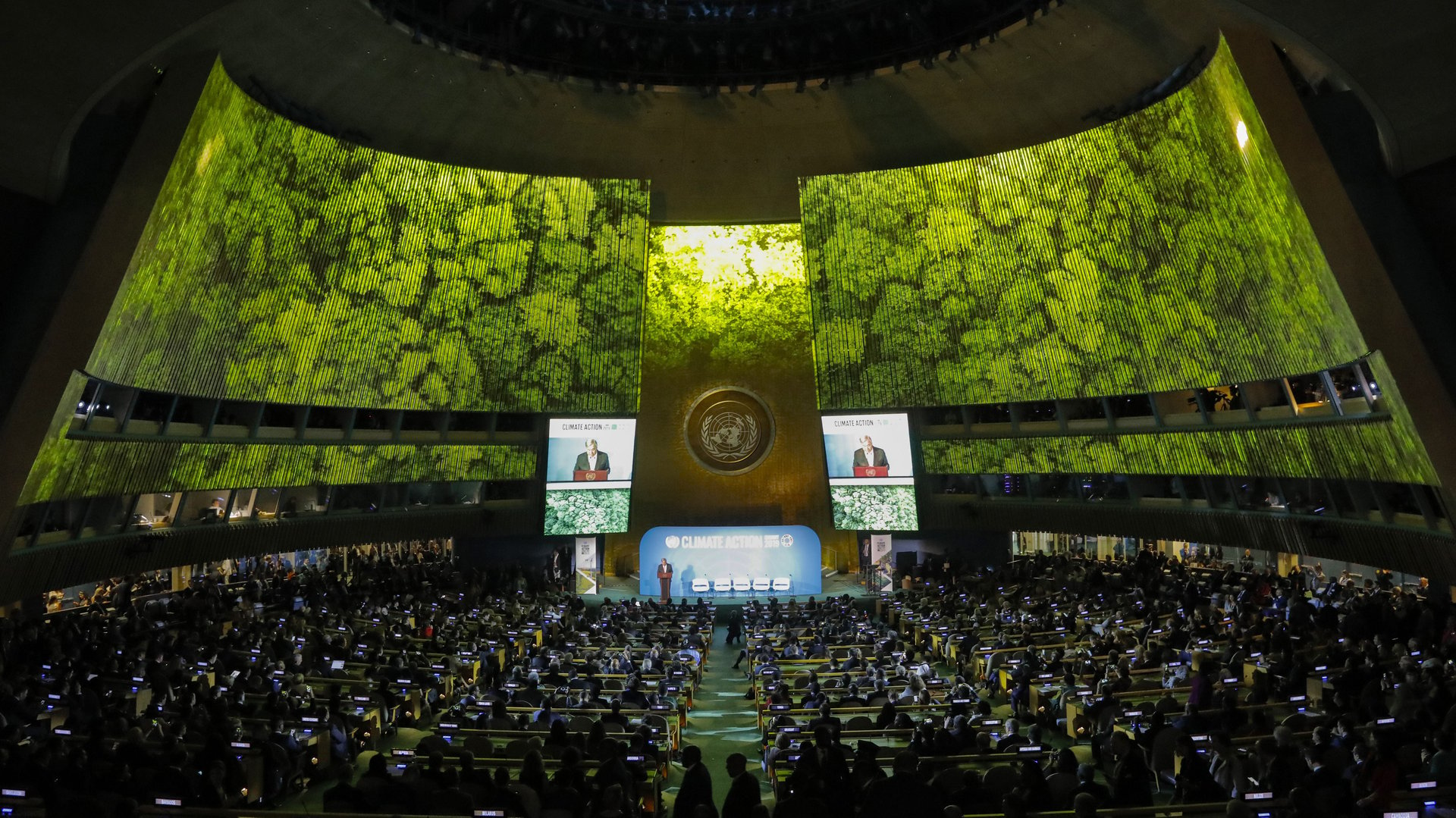A simple guide to exactly how the United Nations is funded
In 2019, the United Nations’ revenue totaled US $56.9 billion. It’s the most recent year for which there is data, and is roughly the same amount as Uruguay’s GDP in 2020. With that kind of money floating around, it pays to understand at least the basics of how the UN is financed.


In 2019, the United Nations’ revenue totaled US $56.9 billion. It’s the most recent year for which there is data, and is roughly the same amount as Uruguay’s GDP in 2020. With that kind of money floating around, it pays to understand at least the basics of how the UN is financed.
UN budget contributions by country
The United Nations has 193 member states, all of which pay yearly into the organization. Those payments are called contributions, and are divided into two types: assessed and voluntary. Assessed contributions are mandatory.
Voluntary contributions are made at the discretion of each state. Most voluntary contributions are earmarked by the country for use toward a particular program or location.
Seventy-two percent of UN funding comes from governments. But there are a handful of non-state organizations that also contribute, including the Bill and Melinda Gates Foundation, which volunteered $276 million in 2019.
Who funds the UN the most?
In 2019, the US contributed more than $11 billion to the United Nations, which is roughly one-fifth of the organization’s entire budget. This means the US is responsible for a significant portion of many UN agencies’ funds. Hence, when the country threatens to pull financing for an agency, the UN listens.
How are a country’s UN contributions calculated?
Member states are required to pay into both the UN general budget, which runs operations, and the peacekeeping budget. Complicated formulas determine the percentage of both budgets each member state must pay. The equations take into consideration a nation’s gross national income, population, and debt burden.
The US is responsible for paying 22% of the UN’s general budget, and 28% of the peacekeeping budget. As the largest individual funder, the US makes an annual fuss about their required dues. Payments to the general budget are capped at 22%, and the US is the only country to reach that ceiling.
Peacekeeping budget payments aren’t capped by the UN, but they are capped by the US Congress. Though the US share of the peacekeeping budget is 27.89%, Congress capped the portion at 25% in 1994. Since then, Congress has regularly passed special measures to allow the US to pay its full assessed share. Since 2017, however, it has declined to provide funds for more than the 25%, meaning the US hasn’t paid its bill in full to the UN. Since then, the US has accumulated over $500 million of missing payments.
Which UN agencies receive the most funding?
Of the $56.9 billion received by the UN in 2019, 81% went to just 10 agencies. At the top of that list is the World Food Programme (WFP), which receives $8.3 billion.
Where is the UN budget spent?
The majority of UN spending is used for promoting human welfare through sustainable development and by providing quick response to disasters. Most of this humanitarian and development assistance happens in developing countries.
In 2019, Africa saw the highest UN expenditures of any region. However, the share allocated to western Asia has grown the most in recent years. In 2015 the region received 17% of funding. By 2019, it had jumped eight percentage points to 25%.